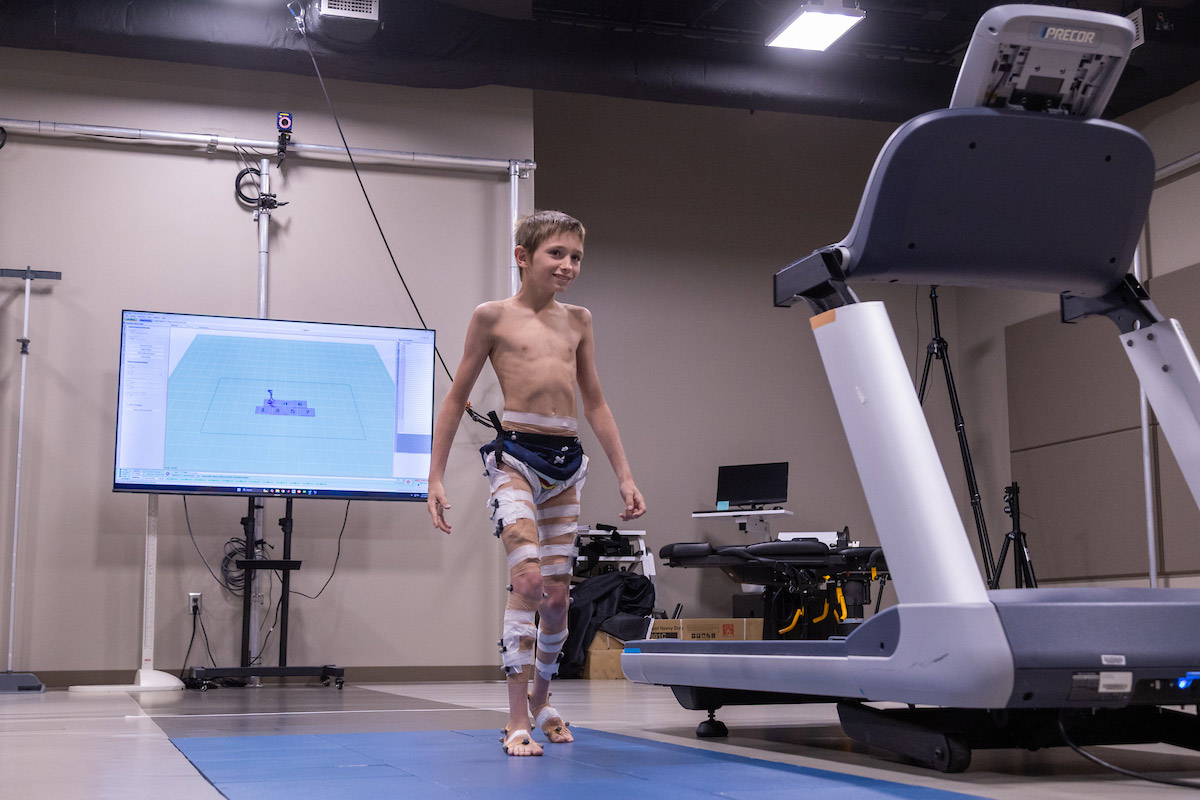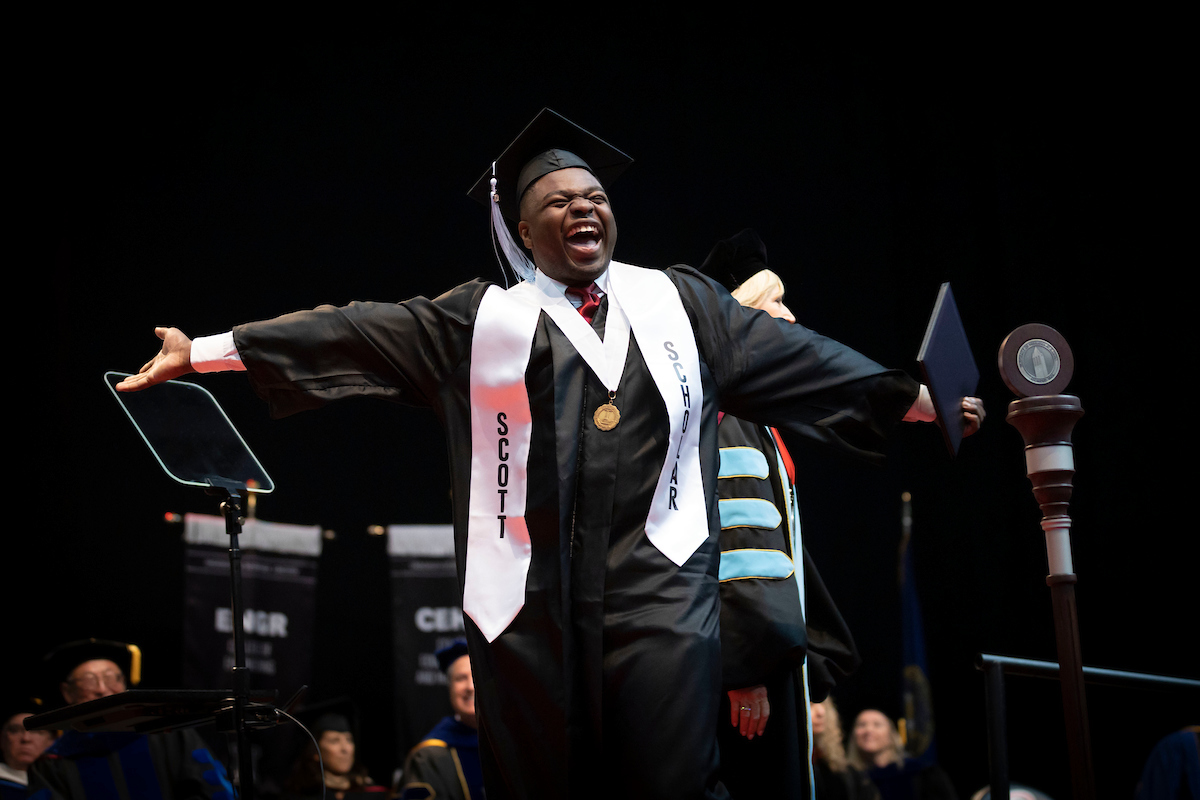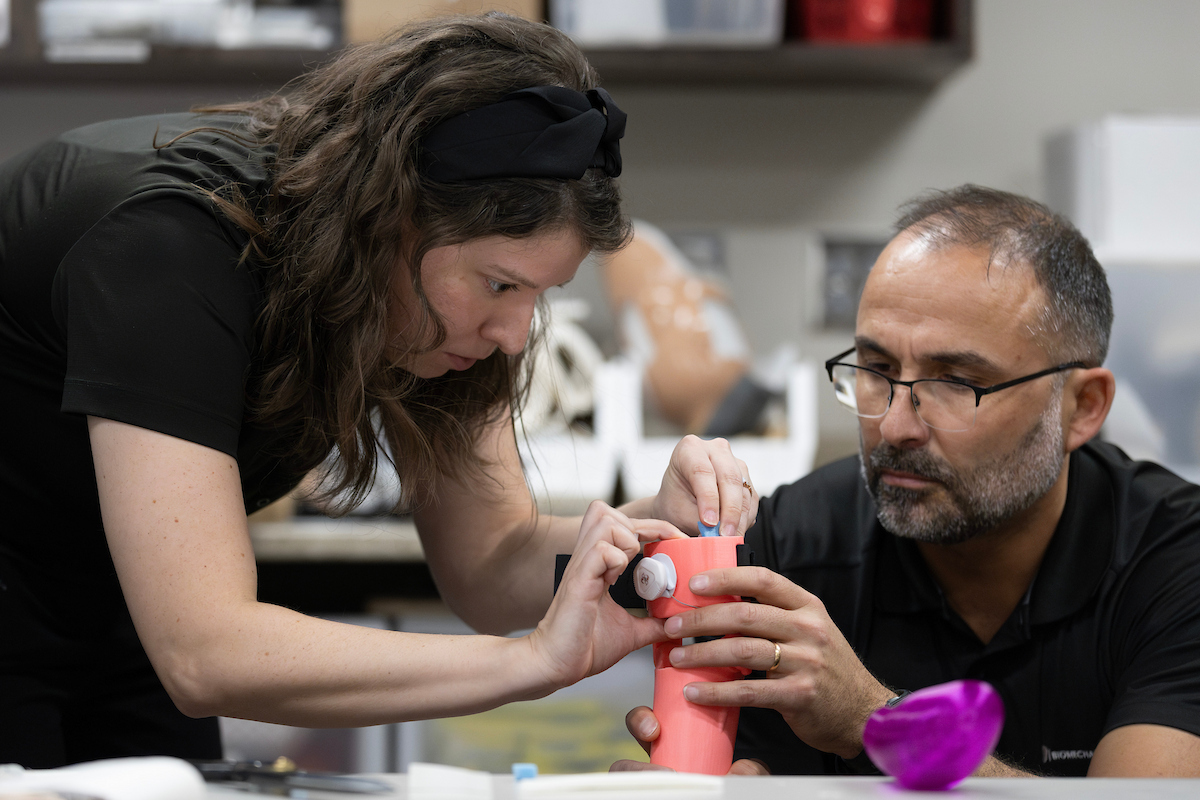Pioneering Biomechanics for Human Health
Biomechanics is the study of forces that act on a body and the effects they produce. It brings together biology, physiology, anatomy, physics, mathematics, and chemistry to solve complex problems in medicine, health, and human performance. A degree in biomechanics prepares students for evolving careers in rehabilitation, assistive technology, robotics, prosthetics, sports science, and military performance - as well as in the development of medical devices. The Division of Biomechanics and Research Development includes the Department of Biomechanics, the Center for Research in Human Movement Variability, and the Center for Cardiovascular Research in Biomechanics, which together drive academic excellence and innovation.
Department Mission
Our mission is to advance the field of biomechanics through innovative research, education, and community engagement. We integrate multidisciplinary approaches to develop transformative knowledge and technologies that improve human health, performance, and quality of life. Specifically, we aim to:
- Conduct pioneering research to understand healthy and pathological function.
- Educate and mentor the next generation of scientists and clinicians through multidisciplinary training and experiential learning.
- Develop innovative diagnostic and therapeutic solutions that translate biomechanical discoveries into clinical and real-world applications.
- Foster collaborations across disciplines, institutions, and industries to accelerate impactful advancements.
- Engage with the community through outreach, education, and partnerships to promote health and awareness of biomechanics.Department Vision
Department Vision
The Department of Biomechanics seeks to be a global leader in biomechanics research, shaping the future of healthcare and human performance through innovation, collaboration, and translation. Our vision is to establish an academic and research environment recognized worldwide for solving complex biomedical problems and improving lives by uniting multidisciplinary expertise.




